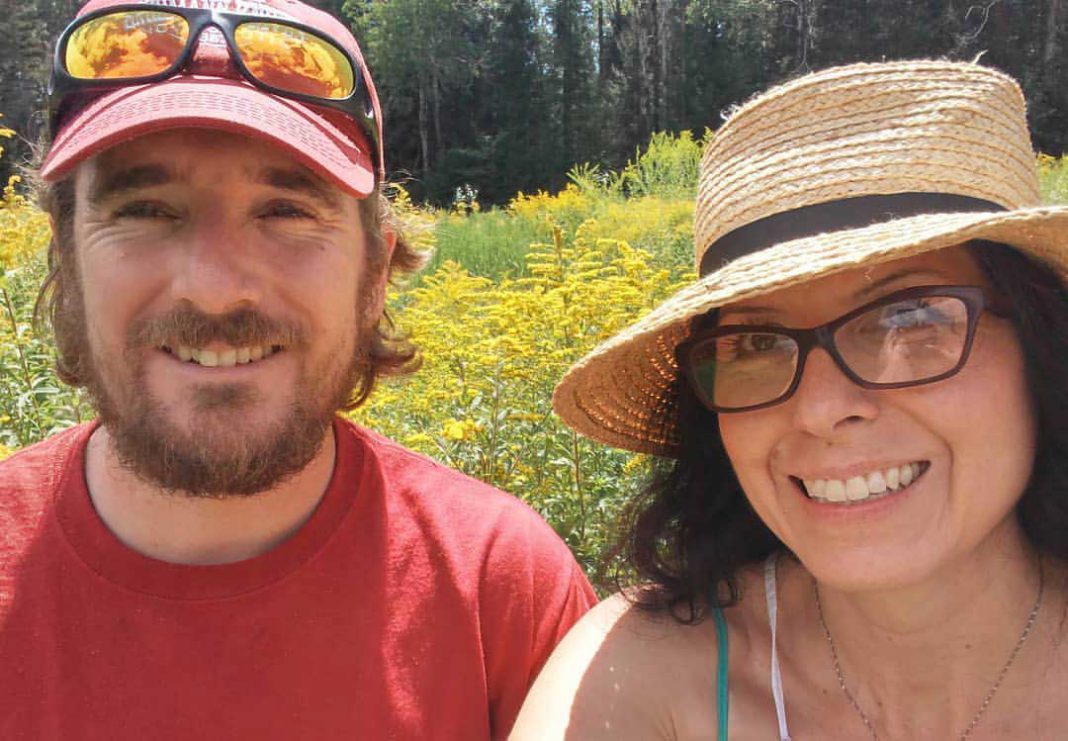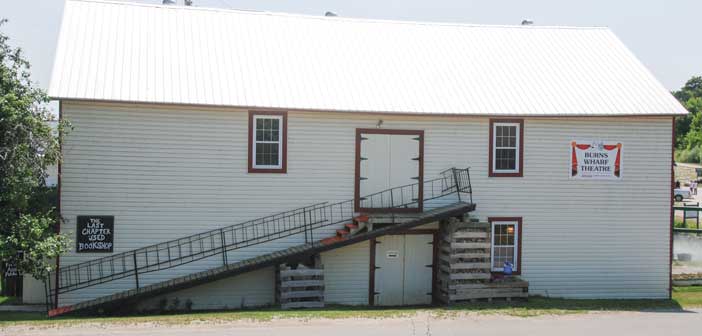Professionals plan to eat only foods they’ve harvested
NORTH BAY—Many people have already begun formulating grand plans and resolutions for 2019, several of which will statistically only last a short time into January. But for a North Bay couple, 2019 will be different—it will be their Big Wild Year.
“A lot of people try to incorporate some wild foods in their diet but as far as we know, nobody’s doing it 100 percent,” says Delphanie Colyer, a nurse who is a Wiikwemkoong band member and grew up on Manitoulin Island.
“It’s a big decision. This took a couple years of planning,” she says.
The Big Wild Year challenge is something the couple had conceived of two years ago. It is somewhat related to homesteading but taken to a whole other level.
“Sometimes people think we’re going to grow our own food or raise chickens, for example, but we’re only eating wild food. This is very different from homesteading,” says Ms. Colyer. She adds that they are still using modern technologies to support this project such as a freezer and dehydrator for preserving their foods.
“It’s not done in any medieval kind of way,” laughs Ms. Colyer. She adds that storing food to last a year, when not in season, is challenging. The two are not using any vinegar to pickle their foods, but they are trying to ferment some of the foods on their own.
During this year-long challenge, both will carry on their normal daily lives, including going to work. Jeremy St. Onge is a professor in the environmental studies department at Canadore College. The two are planning on undertaking this challenge as a way of gathering data to study the effects of traditional living. He may use the information gleaned in a master’s thesis.
“We’re doing this for the challenge and to prove a point about it,” says Mr. St. Onge.
“We’ve met people or read of people that are already doing between 60 and 80 percent wild food in their diet,” says Ms. Colyer. “We were talking with someone and they felt it would be pretty improbable to survive that way and we laughed because we thought it would be totally probable. So we decided to do it.”
There has been about two years of planning going into Ms. Colyer and Mr. St. Onge’s 2019 odyssey. The two have hunted and processed deer, bear, racoon, grouse, hare, goose and duck meat and stowed it away in the freezer. They have picked 100 pounds of mushrooms, 100 pounds of acorns and have harvested and dried a variety of greens for teas and spices, including sumac, sweetfern and flowers like roses. In total they have collected over 70 species of foods, many of which have several sub-parts that can be used for individual food items.
“Everything we’ve collected has been dehydrated or blanched and frozen. We used bear fat for our cooking,” says Mr. St. Onge.
The couple has recently undergone medical testing involving bloodwork, strength and endurance testing. They will be repeating these tests throughout the year to keep track of the impact of a strictly wild food diet on the body. This will be added to the data collection they are developing during the year.
Some of the other data collection will involve the foods themselves. They will be collecting samples of items and sending them to a lab for nutritional testing. This will provide an estimate of caloric counts, vitamins and nutrients within wild foods. It will also reveal if the foods have any toxic components.
“For me, I think because I’m Indigenous, I’m feeling disconnected from my traditional ways of life,” says Ms. Colyer. “I grew up in foster care and I have memories of going out in the bush with my mom or other family members and harvesting wild food. That’s stayed with me and I just wanted to get back to that.”
Ms. Colyer says her goals for this experiment are “to be healthy, to be successful and maybe bring a little bit of awareness to people that there are a lot of varieties of food that can be eaten.”
She will be sharing her journey on her Instagram account, @DelphanieColyer, and her partner will be uploading videos on his YouTube channel, ‘One Wildcrafter.’ Over 10,000 people have subscribed to his channel where he regularly posts wilderness videos featuring his adventures with Ms. Colyer.
One group that won’t be sharing in the experience is their children.
“A couple of them have said they would like to participate but they’ll probably only have some meals,” says Ms. Colyer. She has four children and Mr. St. Onge has three. They are all between seven and 15 years old. She also says there are ethical considerations involved.
“We’re pretty certain the nutritional value is there but it’s not good to be experimenting on your kids,” says Ms. Colyer.
Having children not participating in the wild food project will come with its share of temptation challenges since the parents will have to prepare ordinary food for them but avoid eating it themselves.
“Caffeine is also going to be a challenge,” says Mr. St. Onge. “Parties will also be challenges; having seven kids with birthday parties will be challenging but our enthusiasm for everything else will carry us through.”
“It helps that there’s two of us, it helps that we’re both pretty stubborn and it also helps that we’re very adventurous.,” says Ms. Colyer.
Both agree that the support from their friends and online fans will be a big motivation. To join the community of people cheering the couple on, follow Ms. Colyer on Instagram at @DelphanieColyer and Mr. St. Onge on YouTube at ‘One Wildcrafter.’





